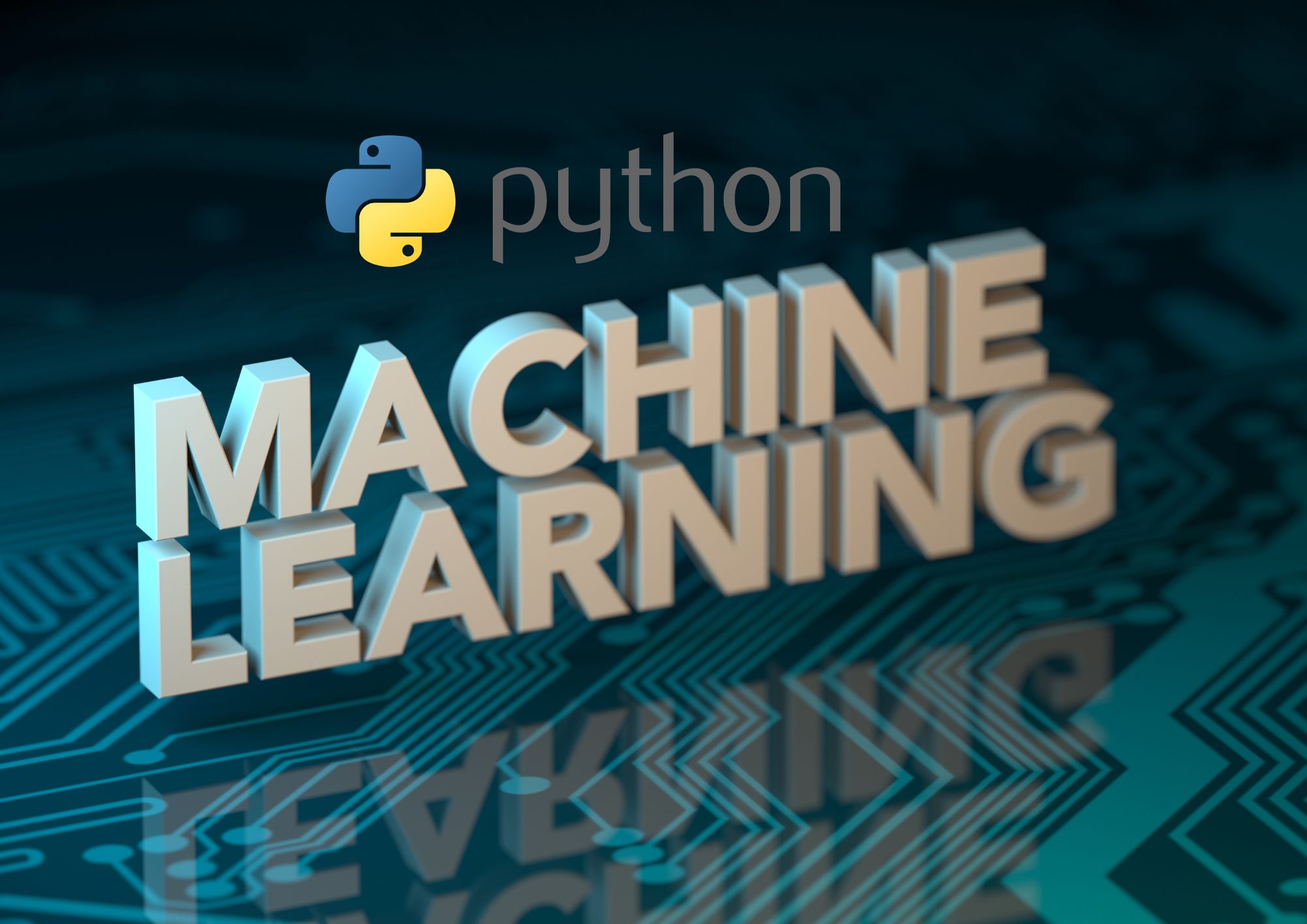Machine learning (ML) has become increasingly popular as businesses and industries embrace its potential for solving complex problems and driving innovation.
Python, a versatile programming language, has emerged as a favorite among developers for its simplicity, readability, and extensive support for ML libraries.
If you’re keen on diving into the fascinating world of machine learning with Python, this guide is for you! 🌟
In this comprehensive guide, we’ll explore:
- The fundamentals of machine learning and Python programming
- Popular ML libraries for Python
- Tips for getting started with Python programming for machine learning
- Practical examples and code snippets to help you grasp ML concepts
- Essential advice for beginners in machine learning
By the end, you’ll have a solid foundation to kickstart your machine learning journey using Python. So, let’s get started! 🚀
Popular Machine Learning Libraries in Python
Python offers a rich ecosystem of ML libraries that make it easy for beginners to get started. Some of the most popular ML libraries include:
Scikit-learn:
A user-friendly library for general-purpose machine learning, Scikit-learn offers a wide array of algorithms for classification, regression, clustering, and more. It also provides tools for model evaluation and selection.
Example
from sklearn.linear_model import LinearRegression
from sklearn.model_selection import train_test_split
from sklearn.metrics import mean_squared_error
# Load your dataset
X, y = load_your_data()
# Split the data into training and testing sets
X_train, X_test, y_train, y_test = train_test_split(X, y, test_size=0.2)
# Create and train the model
model = LinearRegression()
model.fit(X_train, y_train)
# Predict and evaluate
y_pred = model.predict(X_test)
print("Mean Squared Error:", mean_squared_error(y_test, y_pred))
TensorFlow
Developed by Google, TensorFlow is an open-source library for numerical computation and machine learning. It is particularly popular for deep learning applications, such as image and speech recognition.
Keras
A high-level neural networks API, Keras is built on top of TensorFlow and focuses on fast experimentation. Its user-friendly interface makes it ideal for beginners who are just getting started with deep learning.
PyTorch
Developed by Facebook, PyTorch is another popular open-source library for deep learning. It is known for its flexibility, ease of use, and support for dynamic computation graphs.
Getting Started with Python Programming for Machine Learning 🧠
Before diving into ML projects, it’s crucial to familiarize yourself with the Python programming language. Here are some tips for getting started:
- Learn Python fundamentals: Begin by learning Python’s basic concepts such as variables, data types, loops, and functions. You can find numerous free resources, tutorials, and courses online to help you get started.
- Practice coding: To improve your Python skills, practice coding regularly. Solve coding challenges, build small projects, and contribute to open-source projects.
- Understand the math behind ML: Machine learning is built on mathematical concepts such as linear algebra, probability, and statistics. Having a strong foundation in these areas will help you understand ML algorithms and techniques better.
- Familiarize yourself with ML libraries: As mentioned earlier, Python has a plethora of ML libraries. Explore and experiment with these libraries to understand their capabilities and how they can be used for different tasks.
Practical Examples for Machine Learning in Python 🎯
Now that you have an idea of the fundamentals and the libraries, let’s dive into some practical examples to help you grasp ML concepts better.
Example 1: Classification using Scikit-learn
In this example, we’ll use the Iris dataset to classify flowers based on their features.
from sklearn.datasets import load_iris
from sklearn.model_selection import train_test_split
from sklearn.neighbors import KNeighborsClassifier
from sklearn.metrics import accuracy_score
# Load the Iris dataset
iris = load_iris()
# Split the data into training and testing sets
X_train, X_test, y_train, y_test = train_test_split(iris.data, iris.target, test_size=0.3)
# Create and train the K-Nearest Neighbors classifier
knn = KNeighborsClassifier(n_neighbors=3)
knn.fit(X_train, y_train)
# Predict and evaluate
y_pred = knn.predict(X_test)
print("Accuracy:", accuracy_score(y_test, y_pred))
Example 2: Regression using TensorFlow
In this example, we’ll predict housing prices using a simple linear regression model with TensorFlow.
import tensorflow as tf
import numpy as np
# Load your dataset
X, y = load_your_housing_data()
# Split the data into training and testing sets
X_train, X_test, y_train, y_test = train_test_split(X, y, test_size=0.2)
# Create and train a simple linear regression model
model = tf.keras.Sequential([tf.keras.layers.Dense(1)])
model.compile(optimizer='adam', loss='mse')
model.fit(X_train, y_train, epochs=10)
# Predict and evaluate
y_pred = model.predict(X_test)
mse = np.mean((y_pred - y_test) ** 2)
print("Mean Squared Error:", mse)
Essential Tips for Beginners in Machine Learning 🌟
- Start with simple projects: As a beginner, it’s essential to start with simple ML projects that help you grasp the basics. As you become more comfortable with Python and ML libraries, you can progress to more complex projects.
- Participate in online competitions: Websites like Kaggle host machine learning competitions that provide a platform to learn, practice, and improve your ML skills.
- Learn from others: Join online forums, communities, and social media groups to learn from fellow ML enthusiasts, share your knowledge, and ask for help when needed.
- Keep up-to-date with the latest trends: Machine learning is a rapidly evolving field. Stay updated with the latest research, tools, and techniques to improve your skills and stay ahead of the curve.
- Be patient and persistent: Learning machine learning with Python requires time and dedication. Be patient and persistent in your learning journey, and you’ll reap the rewards.
Now that you have a comprehensive understanding of machine learning with Python, it’s time to put your knowledge to practice.
Good luck, and happy coding! 😊
Thank you for reading our blog, we hope you found the information provided helpful and informative. We invite you to follow and share this blog with your colleagues and friends if you found it useful.
Share your thoughts and ideas in the comments below. To get in touch with us, please send an email to dataspaceconsulting@gmail.com or contactus@dataspacein.com.
You can also visit our website – DataspaceAI

